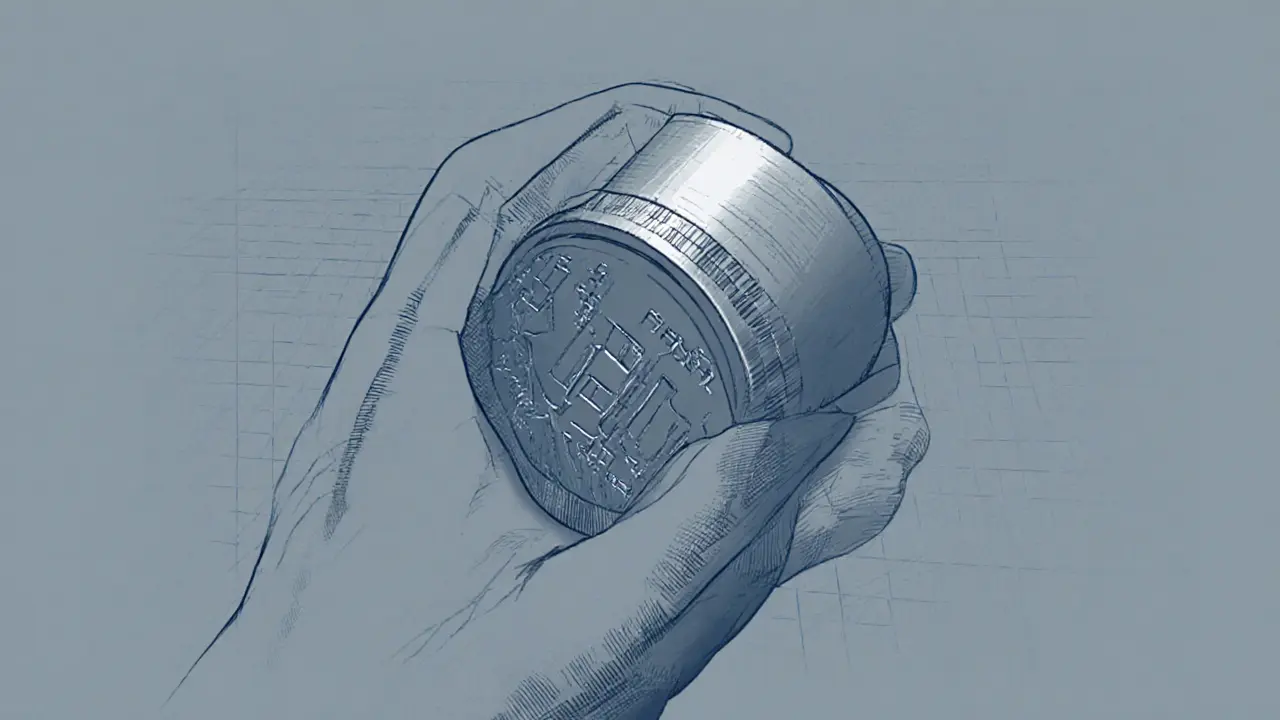Bitcoin Mining: How It Works, Tools, and Impact
When working with Bitcoin mining, the process of validating transactions and adding new blocks to the Bitcoin blockchain using computational power. Also known as crypto mining, it forms the backbone of Bitcoin's security and issuance. The system relies on Proof of Work, a consensus algorithm that forces miners to solve cryptographic puzzles before a block is accepted, which creates scarcity and protects the network from attacks. To meet the intense computational demand, most miners use ASIC miners, application‑specific integrated circuits designed solely for hashing Bitcoin calculations at high speed. Because a single ASIC can generate terahashes per second, the cost of electricity becomes the biggest expense. Smaller operators often join mining pools, collectives where participants combine hash power and share rewards proportionally to achieve steadier income. This trio—Proof of Work, ASIC hardware, and mining pools—creates the engine that secures Bitcoin and releases new coins every ten minutes.
Key Components and Their Real‑World Effects
In this guide, we’ll break down the most important aspects of Bitcoin mining for anyone looking to get started. First, understand that the difficulty of the PoW puzzle adjusts every 2016 blocks (roughly two weeks) to keep block times consistent, regardless of how many miners join the network. This self‑balancing mechanism ties directly to the total hashrate—the combined computational power of all miners worldwide. Higher hashrate means more electricity consumption, which fuels the ongoing debate about Bitcoin's energy consumption, the amount of power needed to run mining hardware and cool data centers. Countries with cheap, renewable energy have become hotspots for large farms, while others face regulatory pressure due to carbon concerns. On the hardware side, early miners used CPUs and GPUs, but today ASICs dominate because they deliver orders‑of‑magnitude better efficiency. Choosing the right ASIC involves looking at its hash rate, power draw (watts per terahash), and upfront cost—metrics that determine the break‑even point. For hobbyists, joining a mining pool can smooth out the variance in rewards; pools like Slush Pool or AntPool publish real‑time statistics on contributed hashrate, payout methods, and fee structures. Understanding these components helps you assess whether mining is a viable hobby, a side‑income stream, or an industrial venture.
Beyond the hardware and consensus layer, Bitcoin mining intertwines with broader blockchain topics you’ll encounter across our site. For example, the shift to Proof of Stake on Ethereum highlights the energy‑efficient alternative to PoW, while concepts like blockchain sharding address scalability—a challenge that doesn’t directly affect Bitcoin miners but shapes the overall crypto ecosystem. Articles on crypto taxation, such as Portugal’s short‑term tax rules, show how mining income is treated in different jurisdictions. Meanwhile, topics like decentralized identity or mixing services illustrate the privacy and security concerns that also apply to miners protecting their wallets and mining operations. By grasping how PoW, ASICs, and mining pools work together, you’ll be better equipped to navigate related content on staking, DeFi, and regulatory updates. Below, you’ll find a curated list of posts that dive deeper into these subjects, offering practical tips, technical breakdowns, and the latest trends shaping Bitcoin mining today.

Understanding How Bitcoin's Proof of Work Mining Operates
Learn how Bitcoin's Proof of Work mining works: from SHA‑256 puzzles and difficulty adjustments to block rewards, mining pools, and a PoW vs PoS comparison.
